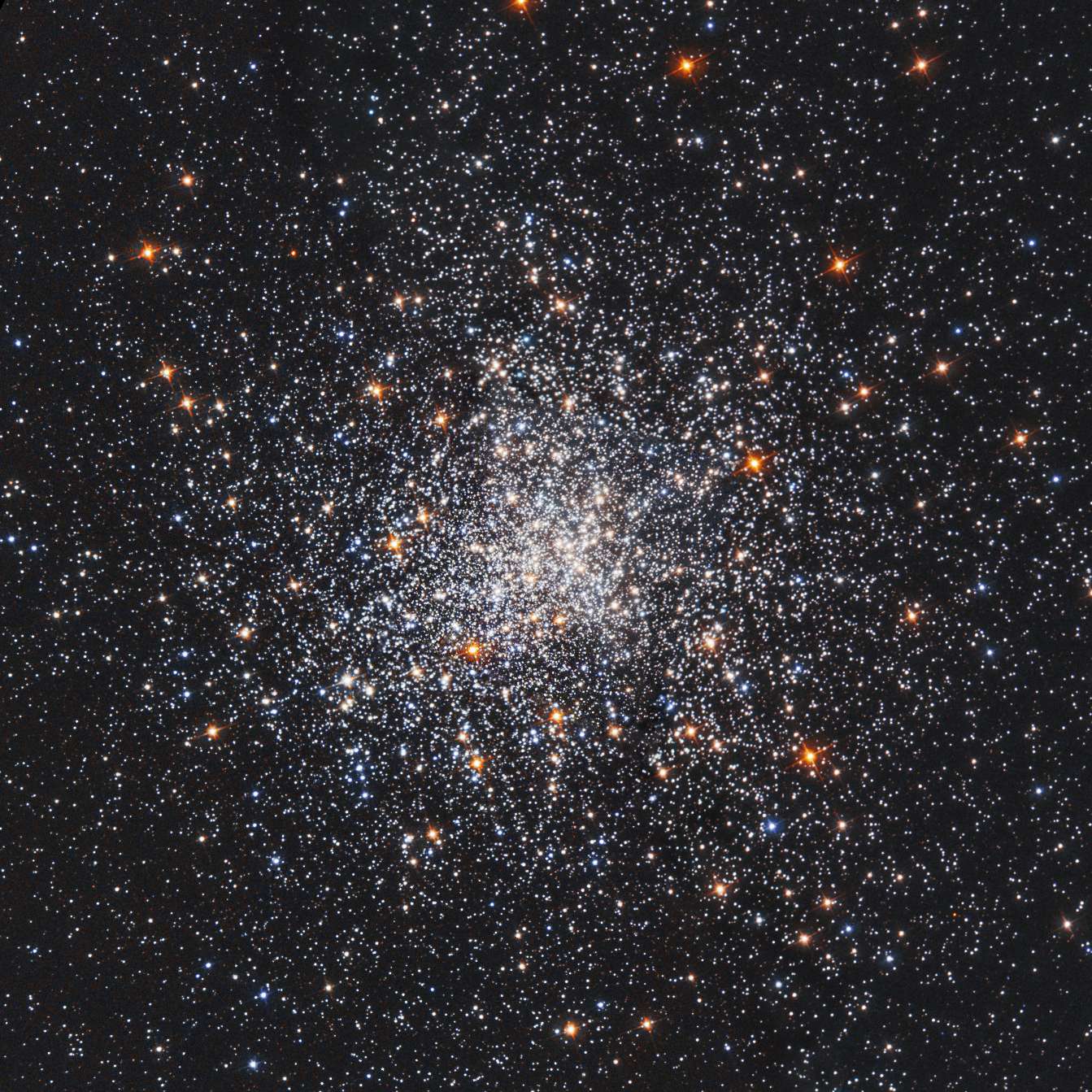M79 | NGC 1904 | Globular Cluster | Lepus | 41,000 Light Years Away
Messier 79 is a globular star cluster situated in the constellation Lepus, first discovered by the French astronomer Pierre Méchain in 1780 and later cataloged by Charles Messier. Positioned approximately 41,000 light-years away from Earth, this celestial assembly is part of the Milky Way galaxy. Messier 79 is known for its unusual characteristics, as it exhibits both properties of globular and open clusters.
Comprising hundreds of thousands of stars, Messier 79 features a more dispersed arrangement than typical globular clusters, resembling an open cluster. The stars within this cluster are quite old, with an estimated age exceeding 11 billion years. The study of Messier 79 and similar objects contributes to our understanding of the diversity of stellar groupings within the Milky Way, offering insights into the dynamics and evolution of stars in these ancient stellar communities.
Observations of Messier 79 provide astronomers with valuable information about the properties and characteristics of unique globular clusters. The study of such clusters helps unravel the complexities of galactic structure and offers clues about the conditions prevailing in the early universe. Messier 79, with its distinctive features and position in the Lepus constellation, adds to the ongoing exploration of globular clusters within the vast cosmic landscape.

